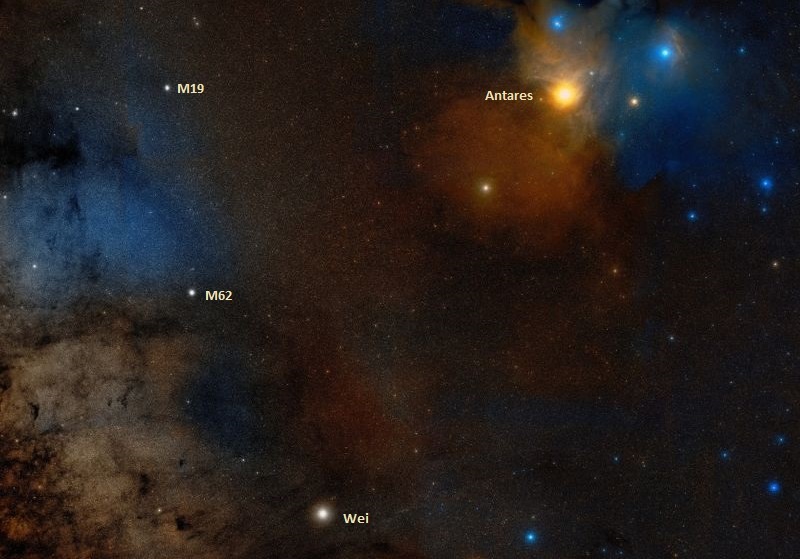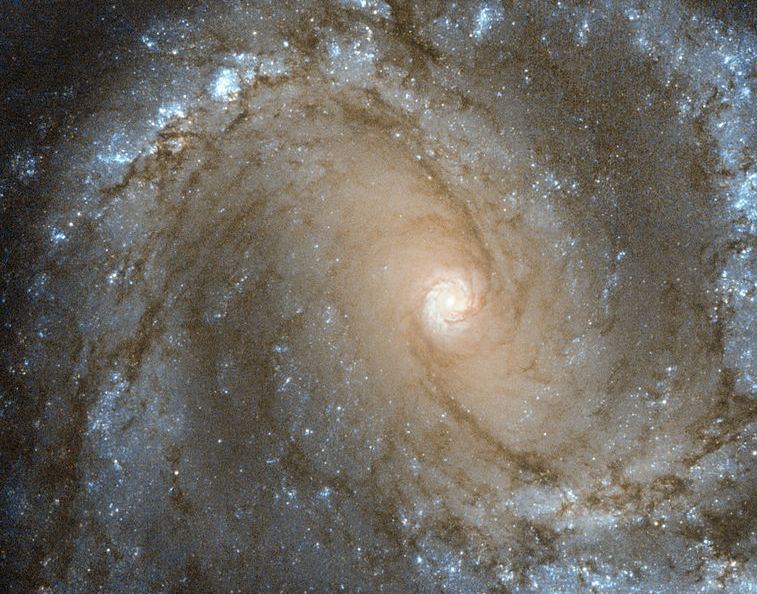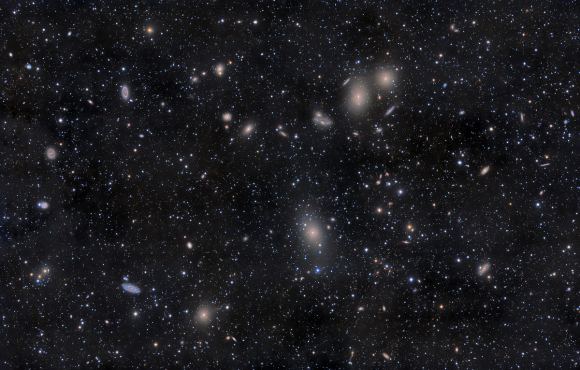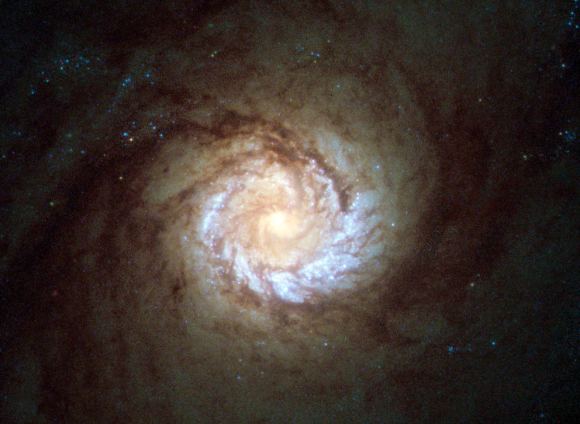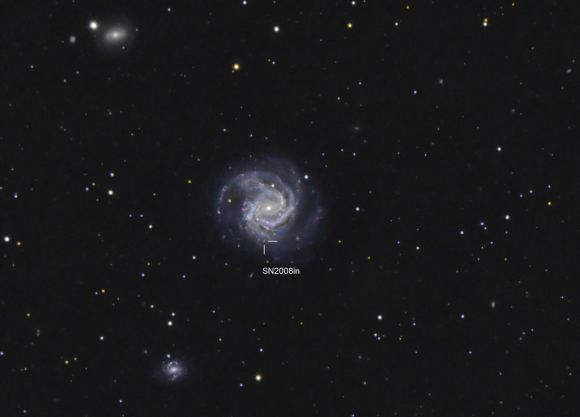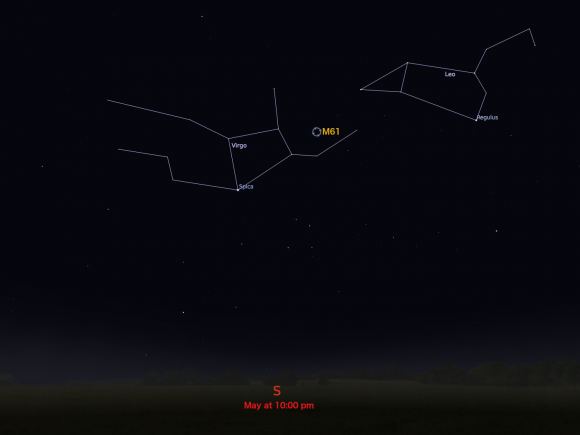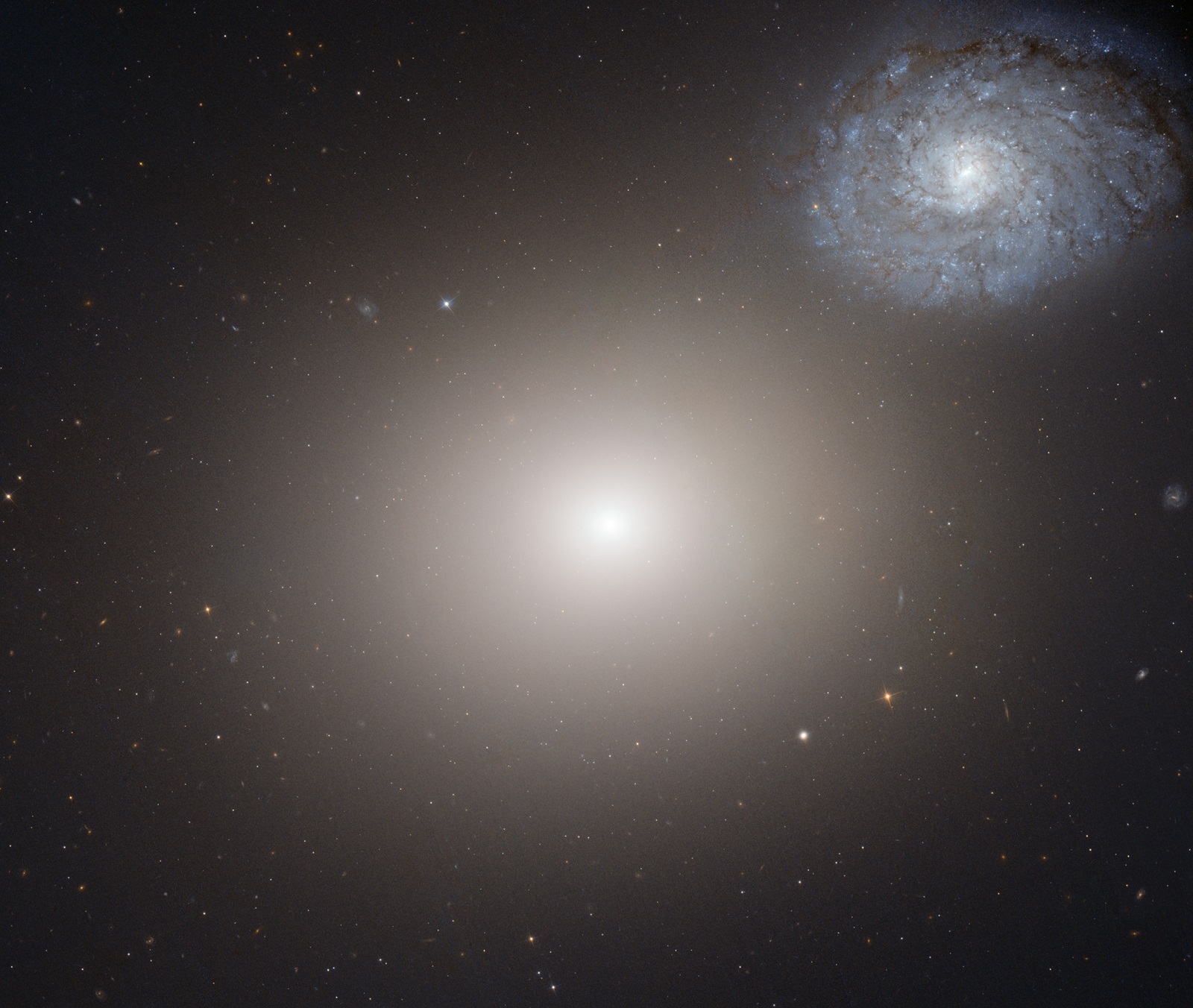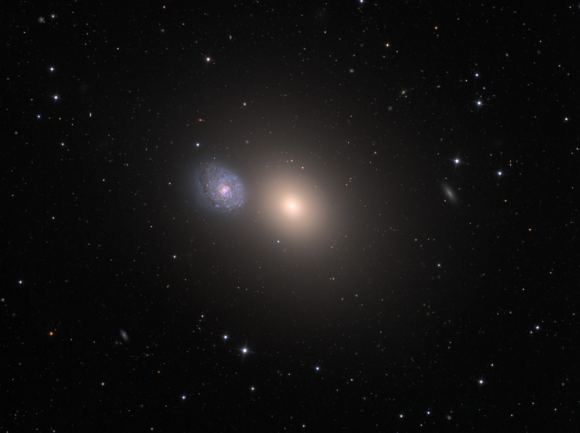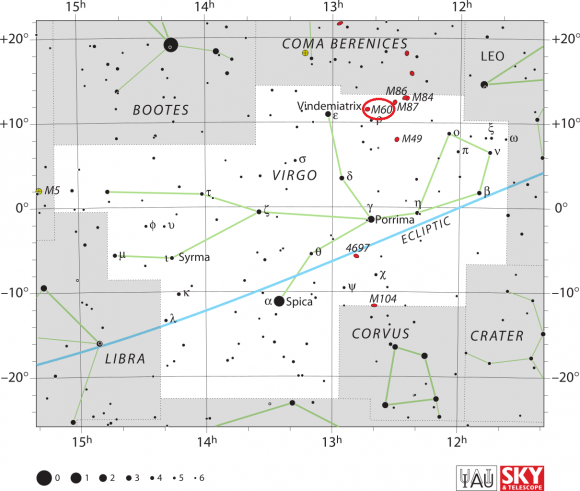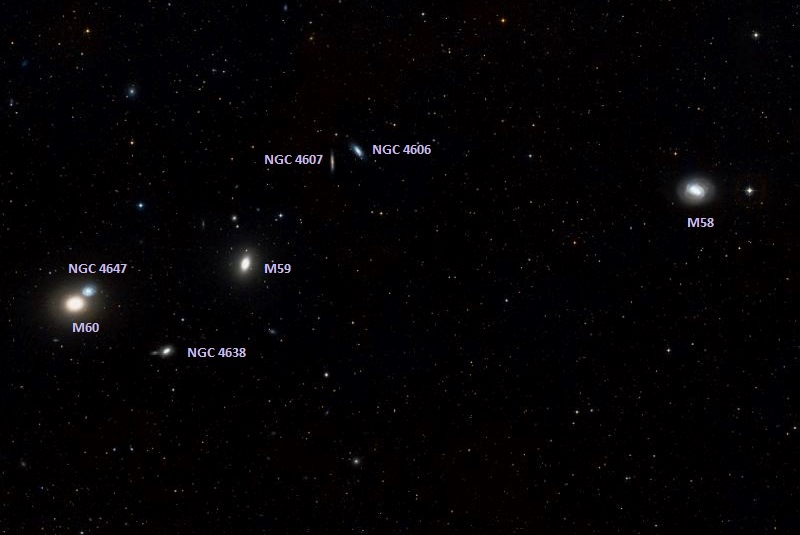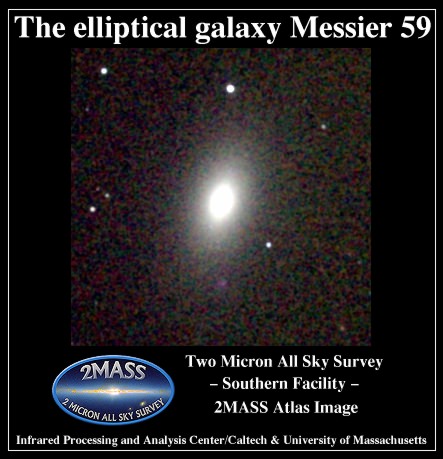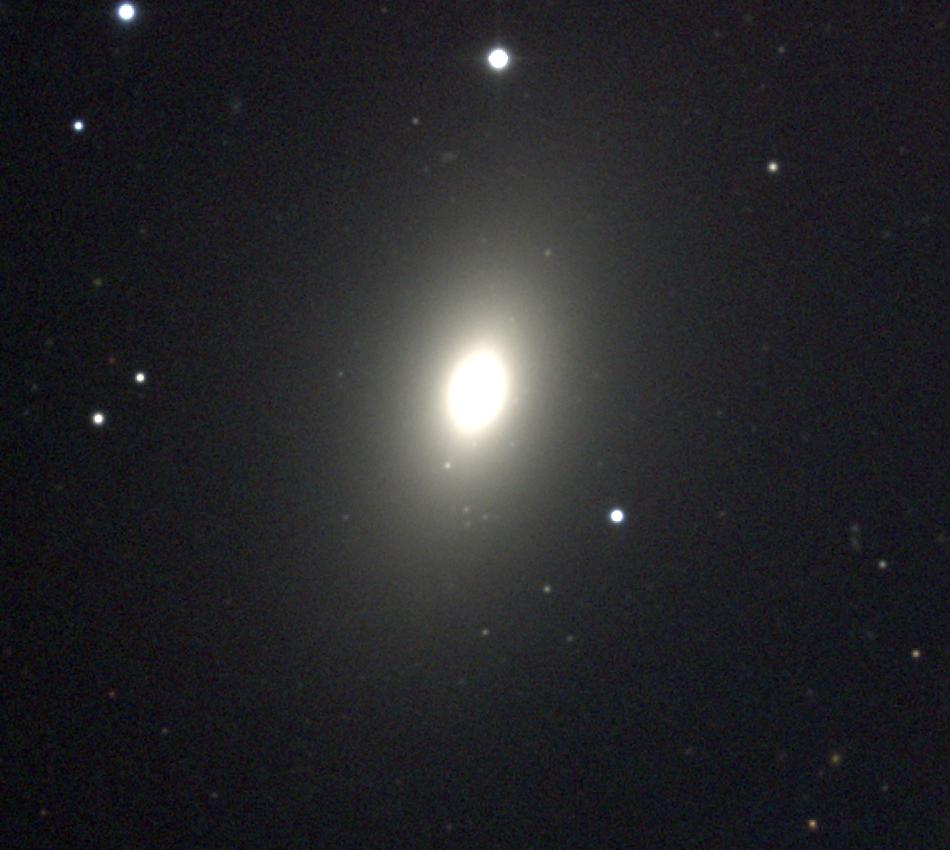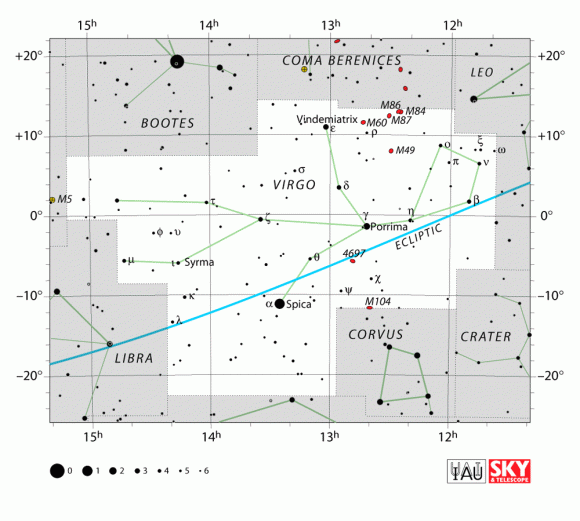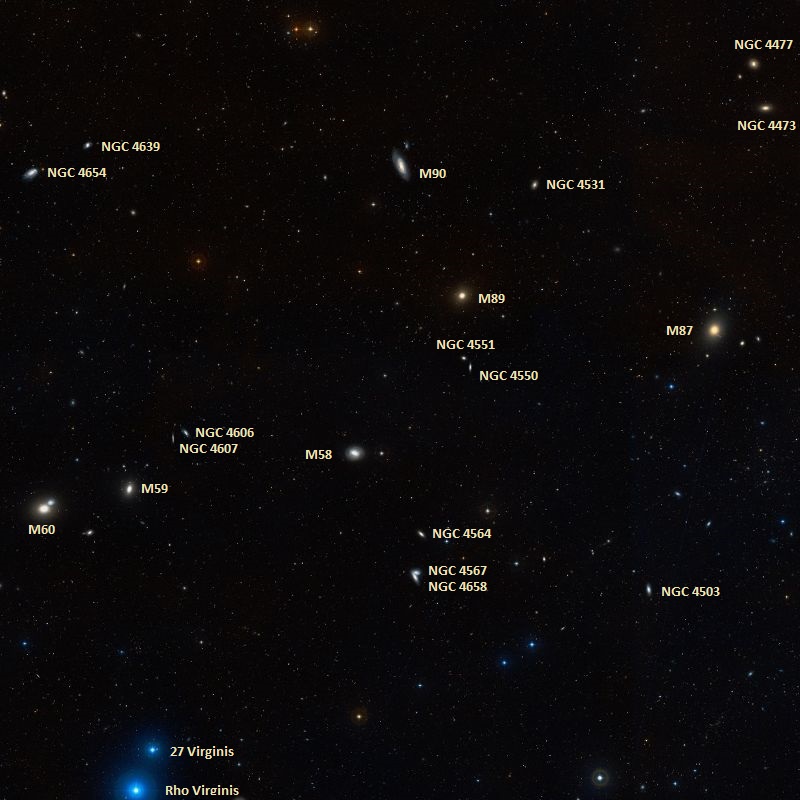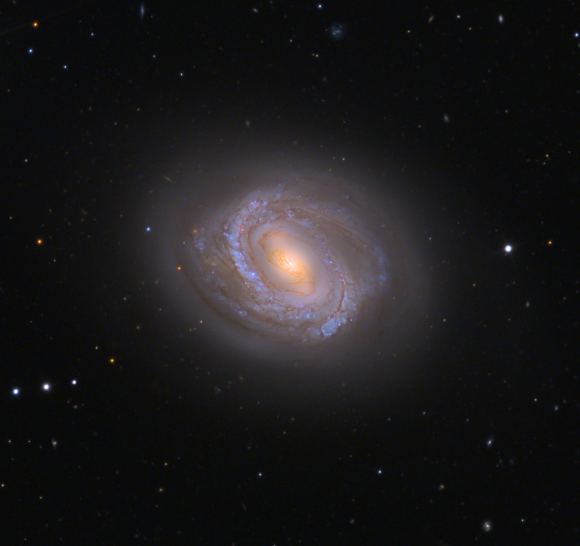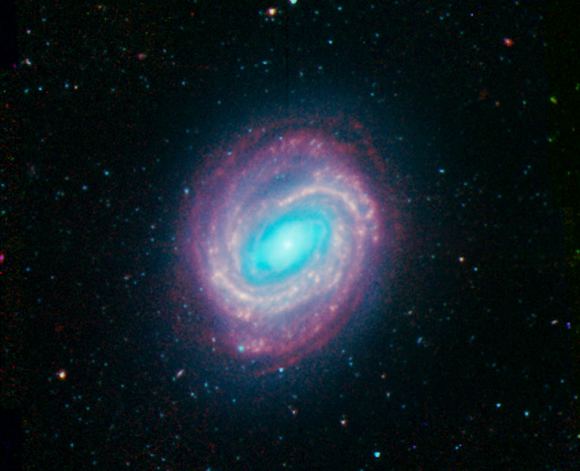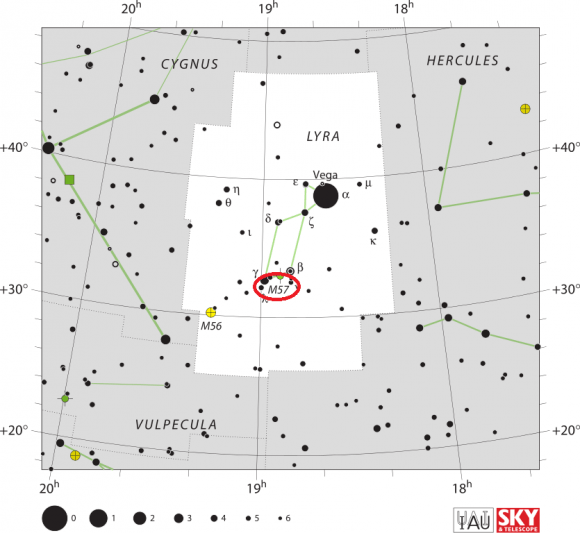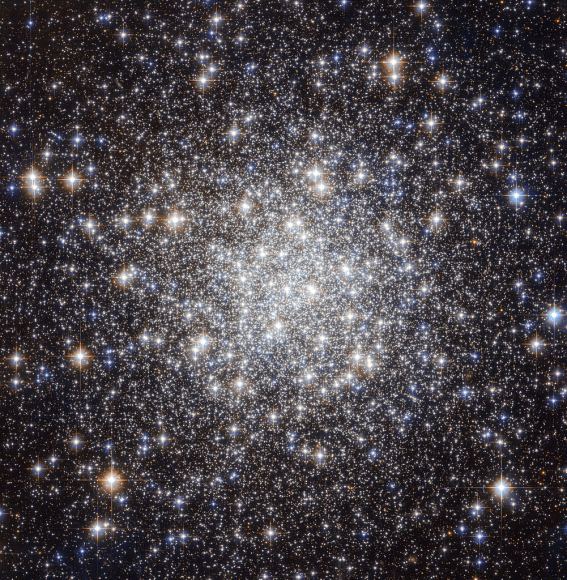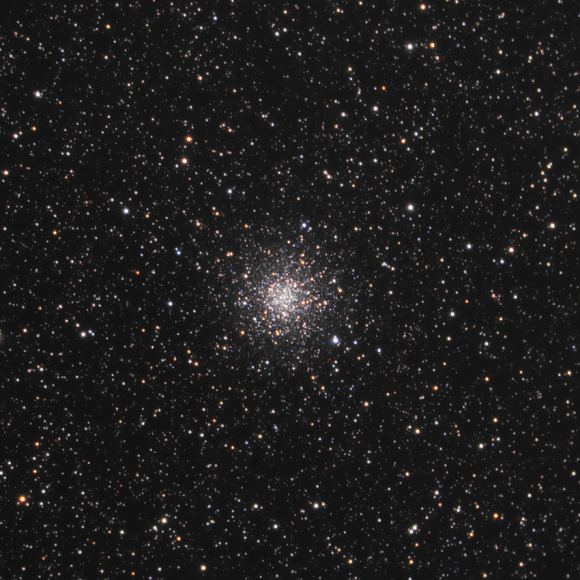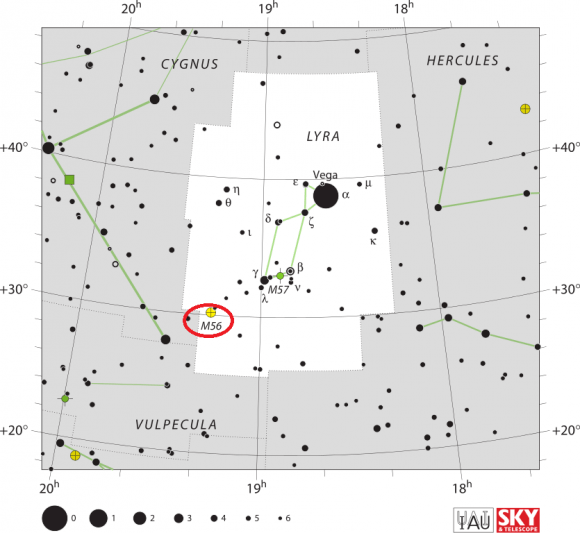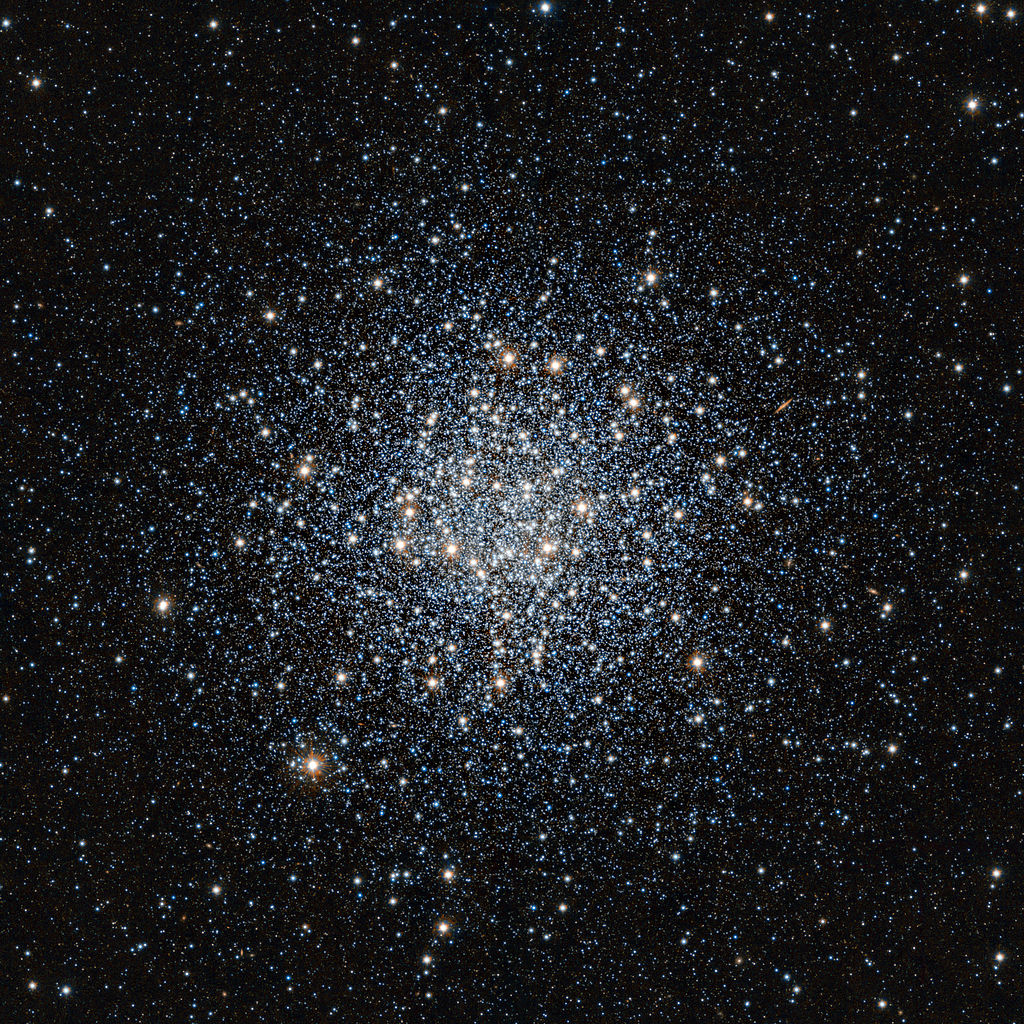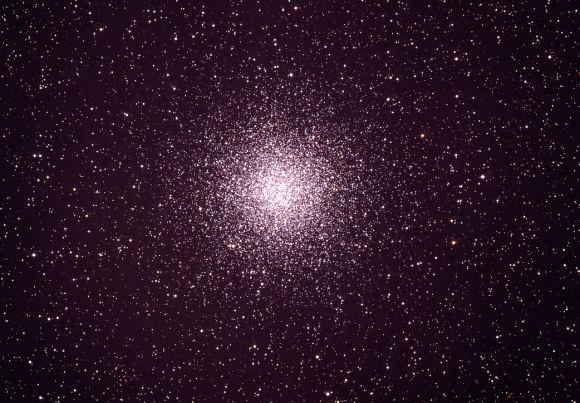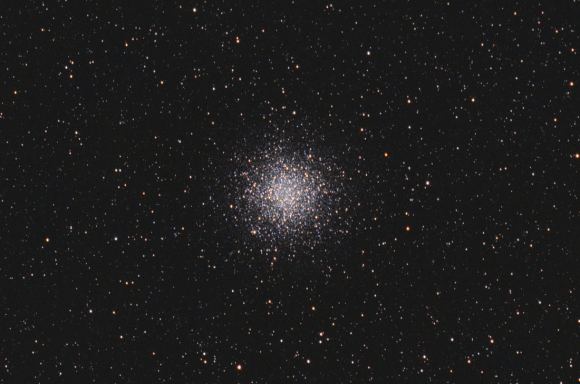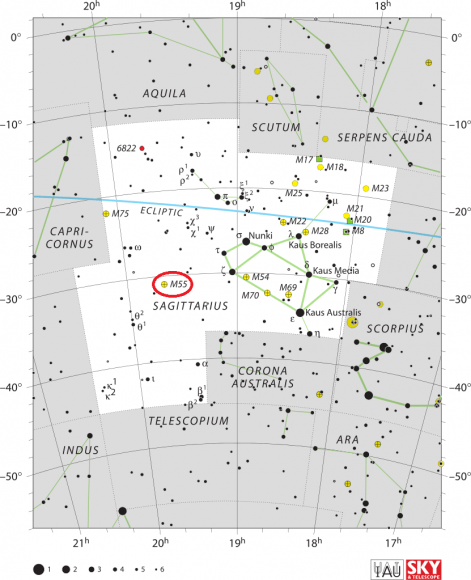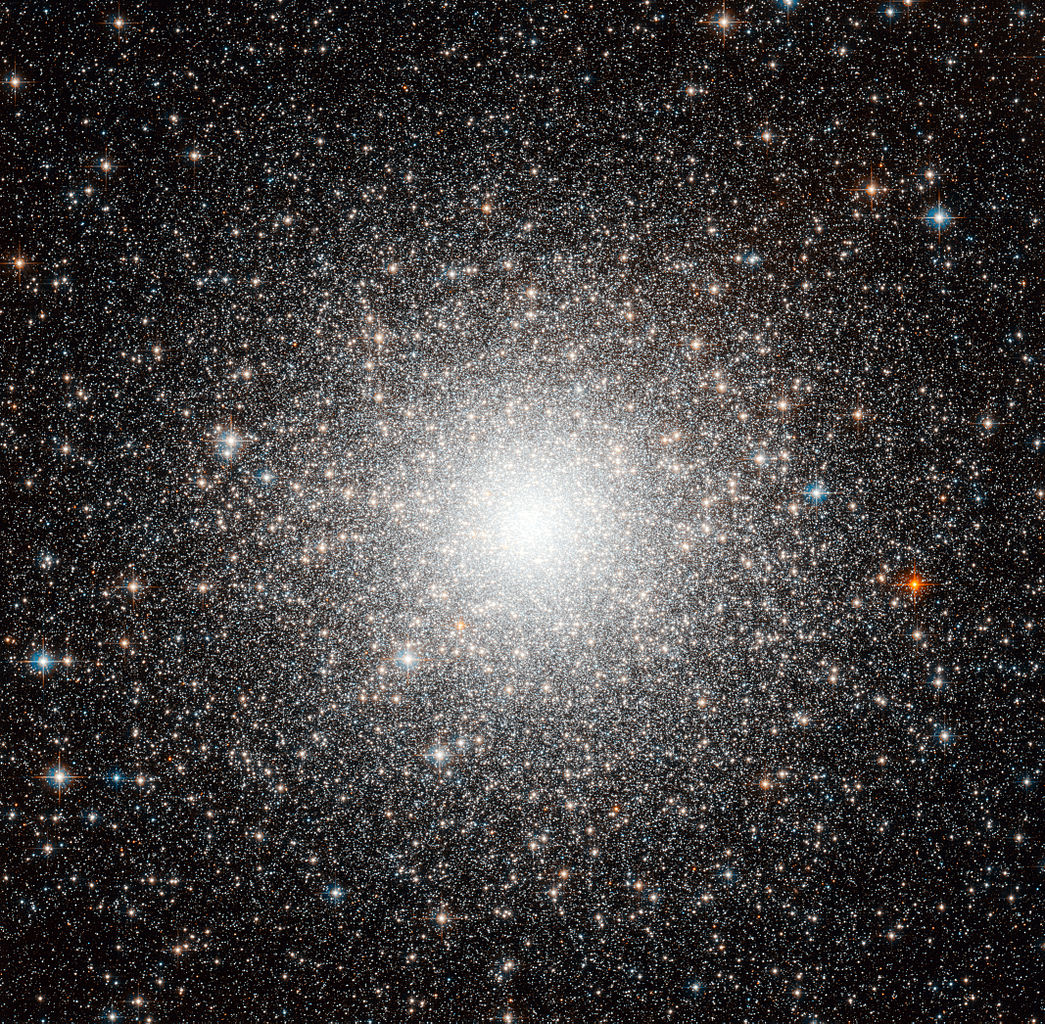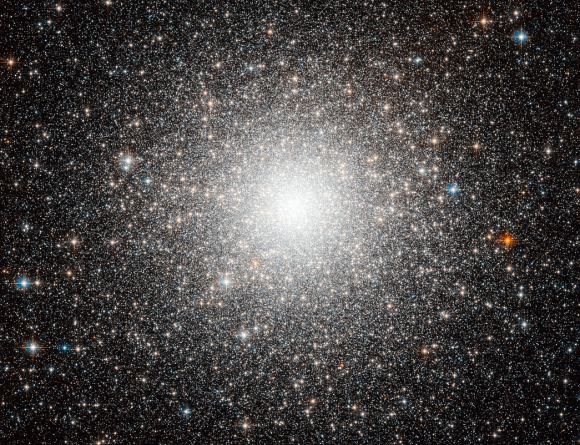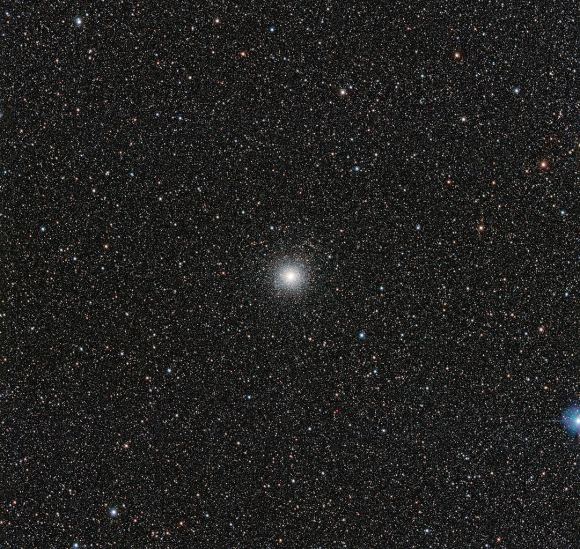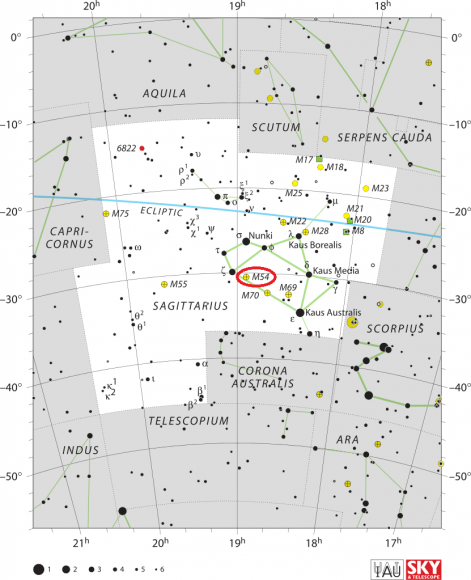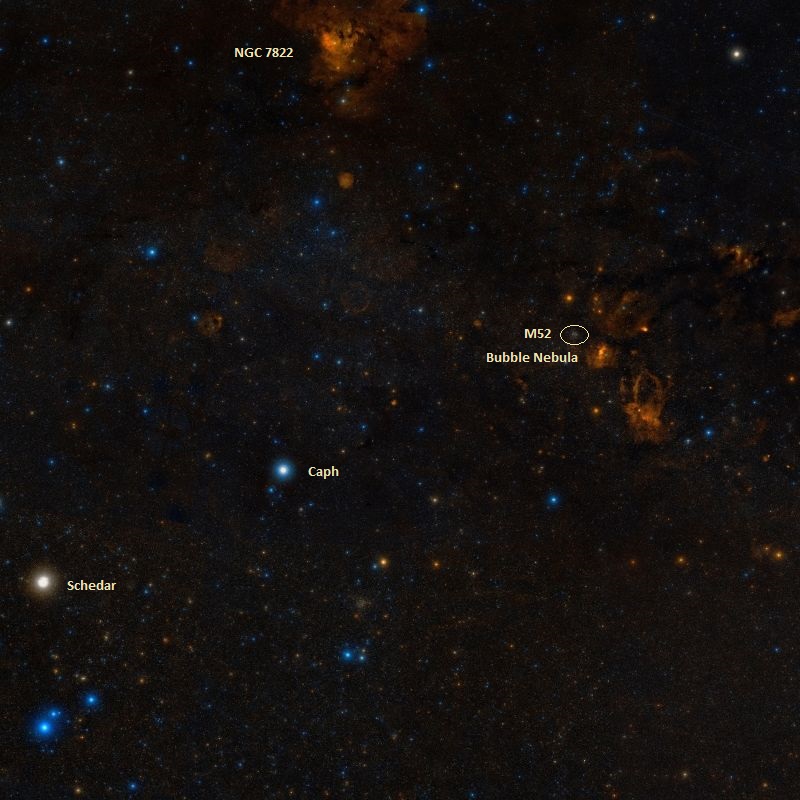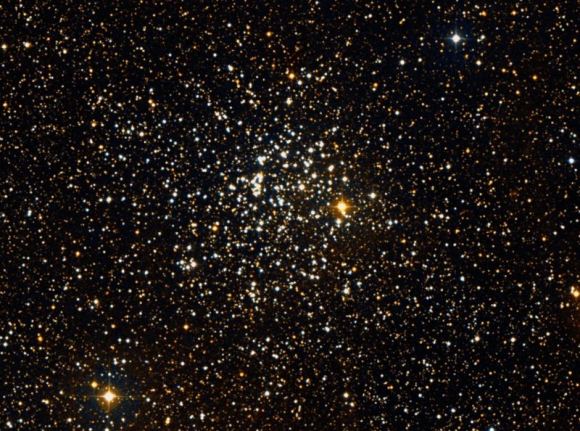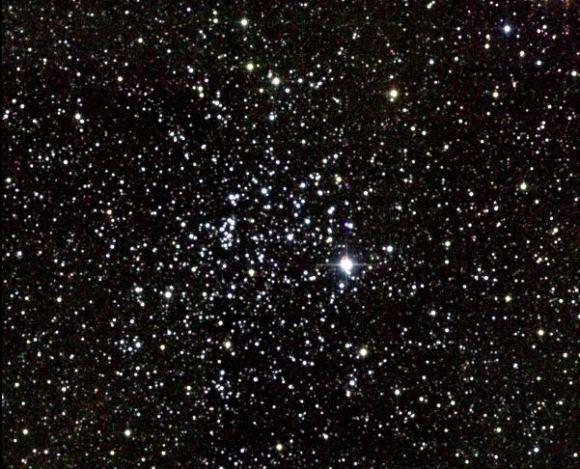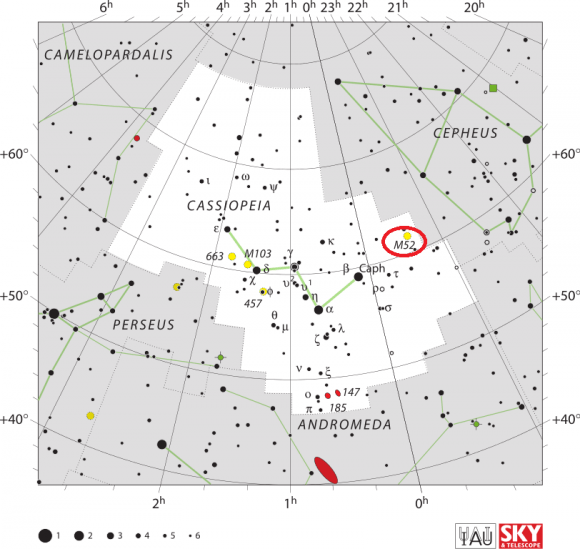Welcome back to Messier Monday! Today, we continue in our tribute to our dear friend, Tammy Plotner, by looking at the globular cluster known as Messier 62.
In the 18th century, while searching the night sky for comets, French astronomer Charles Messier kept noting the presence of fixed, diffuse objects he initially mistook for comets. In time, he would come to compile a list of approximately 100 of these objects, hoping to prevent other astronomers from making the same mistake. This list – known as the Messier Catalog – would go on to become one of the most influential catalogs of Deep Sky Objects.
One of these objects is the globular cluster known as Messier 62, which spans about 100 light-years in diameter and is approximately 22,200 light years from Earth. Located in the southern constellation of Ophiuchus, this cluster is easy to find because of its proximity to Antares – the brightest star in Scorpius constellation – and is easily viewed suing binoculars and small telescopes.
Description:
Positioned about 22,500 light years away from Earth, this glorious gravitationally bound ball of stars could span as much as 100 light years of space. Captured within its confines are 89 known variable stars – most of them RR Lyrae types. M62 has a very dense core… One which may have experienced core collapse during its long history. An ordinary globular cluster? Not hardly. It’s one that holds some optical surprises.
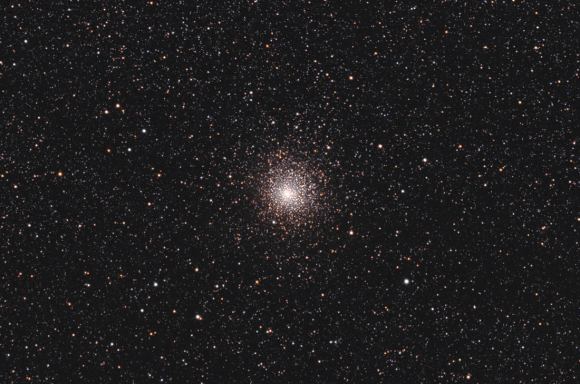
As G. Cocozza (et al) indicated in their 2008 study:
“We report on the optical identification of the companion to the eclipsing millisecond pulsar PSR J1701-3006B in the globular cluster NGC 6266. A relatively bright star with an anomalous red color and an optical variability (~0.2 mag) that nicely correlates with the orbital period of the pulsar (~0.144 days) has been found nearly coincident with the pulsar nominal position. This star is also found to lie within the error box position of an X-ray source detected by Chandra observations, thus supporting the hypothesis that some interaction is occurring between the pulsar wind and the gas streaming off the companion. Although the shape of the optical light curve is suggestive of a tidally deformed star which has nearly completely filled its Roche lobe, the luminosity (~1.9 Lsolar) and the surface temperature (~6000 K) of the star, deduced from the observed magnitude and colors, would imply a stellar radius significantly larger than the Roche lobe radius.”
Is it possible that this is the smoking gun for intermediate mass black holes in globular clusters? Julio Chaname seems to think so. As he explained in his 2009 study:
“The existence of intermediate-mass black holes [IMBHs] in star clusters has been predicted by a variety of theoretical arguments and, more recently, by several large, realistic sets of collisional N-body simulations. Establishing their presence or absence at the centers of globular clusters would profoundly impact our understanding of problems ranging from the formation and long-term dynamical evolution of stellar systems, to the nature of the seeds and the growth mechanisms of the supermassive black holes {BHs} that inhabit the centers of most large, luminous galaxies. Observationally, the unambiguous signature of a massive central BH would be the discovery of central, unresolved X-ray or radio emission that is not consistent with more common stellar-mass accreting objects or pulsars. Yet, due to the largely uncertain details of accretion modeling, a precise mass determination of a central BH must necessarily come from stellar dynamics. This goal has not been achieved to date at the centers of Galactic globular clusters because of lack of adequate data as well as the use of too simplified methods of analysis. This situation can be overcome today through the combination of HST proper-motion measurements and state-of-the-art dynamical models specifically designed to take full advantage of this type of dataset. In this project, we will use two HST orbits to obtain another epoch of observations of NGC 6266. This cluster has photometric and structural properties that are consistent with current theoretical expectations for a cluster harboring an IMBH. Even more importantly, it is the only Galactic globular cluster for which there exists a detection of radio emission coincident with the cluster’s core, and with a flux density that appears to rule out a stellar or binary origin. The goal of our project is to obtain proper motion measurements to either confirm an IMBH in this cluster and measure its mass, or to set limits to its mass and existence.”
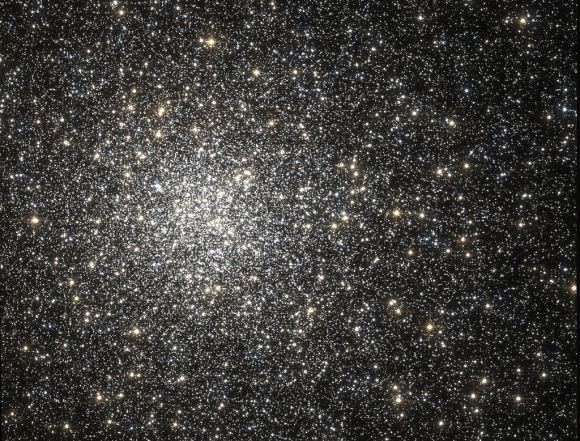
History of Observation:
While Charles Messier first discovered this globular cluster on June 7, 1771 – he didn’t accurately record its position until June 4, 1779.
“”Very beautiful nebula, discovered in Scorpio, it resembles a little Comet, the center is brilliant and surrounded by a faint glow. Its position determined, by comparing it with the star Tau of Scorpius. M. Messier had already seen this nebula on June 7, 1771, without having determined the position where it is close to. Seen again on March 22, 1781.”
Sir William Herschel would resolve it two years after Messier cataloged it, but it was Admiral Smyth who gave it a little more historic significance when he writes in his notes:
“A fine large resolvable nebula, at the root of the creature’s [Scorpion’s] tail, and in the preceding part of the Galaxy [Milky Way band]. It is an aggregated mass of small stars running up to a blaze in the centre, which renders the differentiating comparatively easy and satisfactory; and in this instance it was referred to its neighbor, 26 Ophiuchi, which is 5deg distant to the north: and it lies only about 7deg from Antares, on the south-east. This was registered in 1779, and Messier described it as “a very pretty nebula, resembling a little comet, the centre bright, and surrounded by a faint light.” Sir William Herschel, who first resolved it, pronounced it a miniature of Messier’s No. 3, and adds, “By the 20-foot telescope, which at the time of these observations was of the Newtonian construction, the profundity of this cluster is of the 734th order.” To my annoyance, it was started as a comet a few years ago, by a gentleman who ought to have known better.”
Locating Messier 62:
M62 is easily located about 5 degrees (3 finger widths) southeast of Antares – but because it is small, it can easily be overlooked in binoculars. Take your time, because it is only just a little more than an average binocular field away from an easy marker star and bright enough to be seen even with smaller instruments under not so good skies.
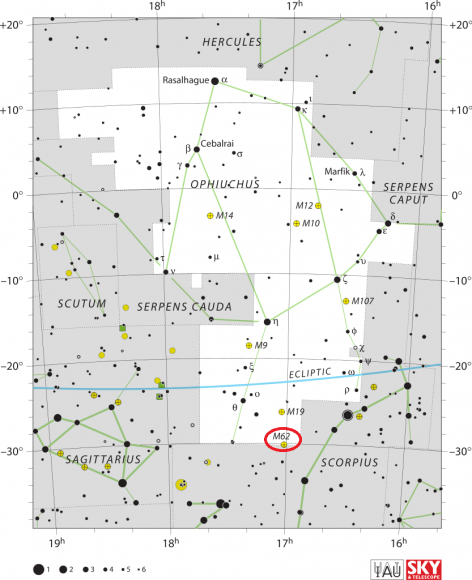
In the finderscope of a telescope, begin with Antares in the center and shift southwest. At 5X magnification, it will show as a faint haze. In a small telescope, you may get some resolution – but expect this globular cluster to appear more comet-like. Larger telescopes can expect a wonderful explosion of stars!
Enjoy your observations! And as always, here are the quick facts on this Messier Object to help you get started:
Object Name: Messier 62
Alternative Designations: M62, NGC 6266
Object Type: Class IV Globular Cluster
Constellation: Ophiuchus
Right Ascension: 17 : 01.2 (h:m)
Declination: -30 : 07 (deg:m)
Distance: 22.5 (kly)
Visual Brightness: 6.5 (mag)
Apparent Dimension: 15.0 (arc min)
We have written many interesting articles about Messier Objects here at Universe Today. Here’s Tammy Plotner’s Introduction to the Messier Objects, M1 – The Crab Nebula, and David Dickison’s articles on the 2013 and 2014 Messier Marathons.
Be to sure to check out our complete Messier Catalog. And for more information, check out the SEDS Messier Database.
Sources:

